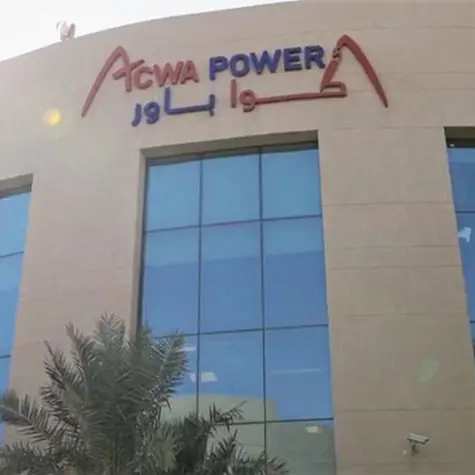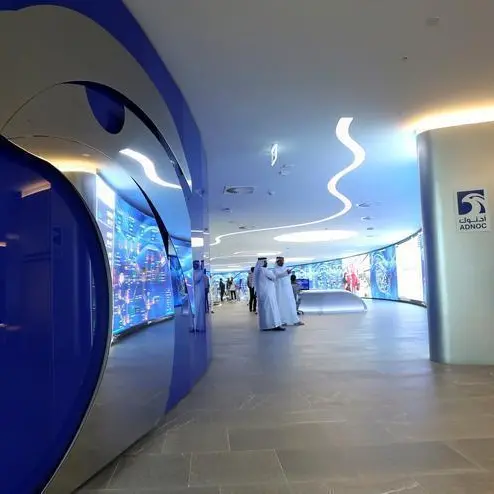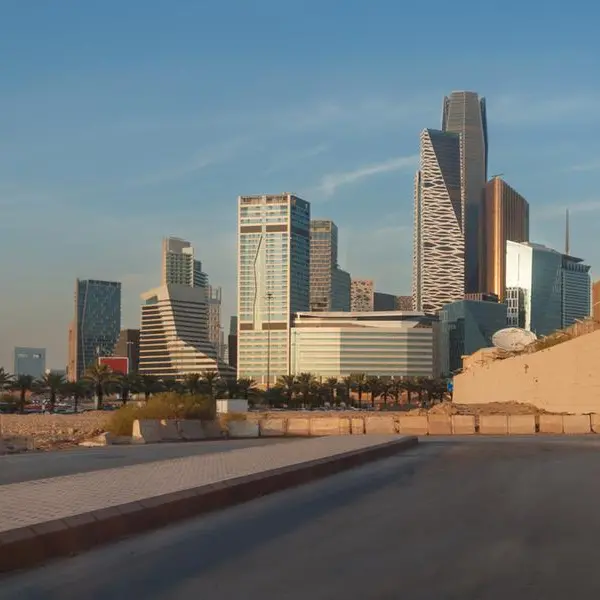28 May 2015
A number of solar power projects are in various stages of construction in Oman. Following the success of solar energy projects in Petroleum Development Oman (PDO), Rural Areas Electricity Co (RAECO) and Knowledge Oasis Oman (KOM), now the Public Authority for Electricity and Water (PAEW) is all set to use renewable energy (RE) for various purposes. The solar energy holds the potential to provide sufficient electricity to meet all of Oman's domestic electricity requirements and provide some electricity for export. PAEW, in conjunction with the International Renewable Energy Agency (IRENA), is considering what policy instruments would best help accelerate and support the economic and efficient deployment of RE technologies in the Sultanate.
According to Dr Mustapha Taoumi, a representative of International Renewable Energy Agency (IRENA), "This region has the world's greatest technical potential for solar power generation." The RE industry could drive economic diversification and create jobs thereby help create wealth and added value to local economies. In order to facilitate the transition to a RE systems, IRENA has been working closely with Oman on a range of projects. RAECO proposes to set up four solar power plants -- in Ibri, Sharqiyah, Mudhaibi and Dhofar -- as pilot projects with a view to efficiently utilise renewable energy and thus reduce use of fossil fuels. Except for the Dhofar plant (500 kilowatts), other will be of 2,000 kilowatts each, according to Khaleel al Mandhari, who heads RAECO Renewable Energy Department.
Similarly, a solar power project with a maximum authorised capacity of 303 kilowatts, is coming up at Al Mazyunah in the Dhofar Governorate. The PDO is already using solar energy to produce a daily average of over 50 tonnes of emission-free steam that feeds directly into existing thermal Enhanced Oil Recovery (EOR) operations at its Amal West field. There are several plans by PAEW and other organisations to capitalise on the abundance of sunshine. According to the recent '7-Year Statement (2015-2021)' of Oman Power and Water Procurement Company (OPWP), work on one or more solar-based power plants with an aggregate capacity of up to 200 megawatts (MW), may be initiated this year.
Oman holds a huge potential for harnessing renewable energy and is keen to benefit from its several advantages such as reduction in use of fossil fuel, enhanced energy supply security and reduction in pollution. IRENA is extending cooperation in developing a business model to introduce Renewable Energy in all the sectors of the Omani economy particularly in the electricity sector, manufacturing sector and SMEs to accelerate jobs creation and added value to the local economy; desalination through Renewables (remote areas); and capacity building programme. Dr Mustapha says all GCC countries are embarking on a transformation, by turning to renewable energy for it can help meet rising domestic demand, economically and sustainably.
Four years of successful real time continuous technical monitoring of the 6MW/year concentrator photo voltaic (CPV) demonstrator at KOM has given positive results such as cost-effectiveness, high yield energy production, and minimal water and maintenance requirements. Since May 2010, when the PEIE initiated this pilot project for R&D to test the validity of the CPV solar technology, the project has generated important data which has been assembled and integrated to create valuable knowledge about this application, a PEIE expert affirms. PEIE has also performed financial studies for CPV and PV applications on larger scales and the price has been between 70-80 baisa per kWh which is highly feasible and competitive and can even be lower than the cost of fossil fuel specifically for remote and rural areas when the subsidies are included in cost calculation.
At a workshop involving several stakeholders from ministries, SQU, PEIE, and electricity distribution companies, it was revealed that the real price of electricity production per kWh and distribution to the customer, excluding subsidies, would be between 80 and 120 baisa per kWh for gas-based plants in Muscat governorate, and that for remote rural areas the cost of electricity production from diesel can exceed 150 baisa per kWh. "If the calculations generated from the workshop are appropriate the cost of utilising solar energy will be equal or even cheaper than gas-based plants and for sure much cheaper for remote and rural areas", said a PEIE official.
A number of solar power projects are in various stages of construction in Oman. Following the success of solar energy projects in Petroleum Development Oman (PDO), Rural Areas Electricity Co (RAECO) and Knowledge Oasis Oman (KOM), now the Public Authority for Electricity and Water (PAEW) is all set to use renewable energy (RE) for various purposes. The solar energy holds the potential to provide sufficient electricity to meet all of Oman's domestic electricity requirements and provide some electricity for export. PAEW, in conjunction with the International Renewable Energy Agency (IRENA), is considering what policy instruments would best help accelerate and support the economic and efficient deployment of RE technologies in the Sultanate.
According to Dr Mustapha Taoumi, a representative of International Renewable Energy Agency (IRENA), "This region has the world's greatest technical potential for solar power generation." The RE industry could drive economic diversification and create jobs thereby help create wealth and added value to local economies. In order to facilitate the transition to a RE systems, IRENA has been working closely with Oman on a range of projects. RAECO proposes to set up four solar power plants -- in Ibri, Sharqiyah, Mudhaibi and Dhofar -- as pilot projects with a view to efficiently utilise renewable energy and thus reduce use of fossil fuels. Except for the Dhofar plant (500 kilowatts), other will be of 2,000 kilowatts each, according to Khaleel al Mandhari, who heads RAECO Renewable Energy Department.
Similarly, a solar power project with a maximum authorised capacity of 303 kilowatts, is coming up at Al Mazyunah in the Dhofar Governorate. The PDO is already using solar energy to produce a daily average of over 50 tonnes of emission-free steam that feeds directly into existing thermal Enhanced Oil Recovery (EOR) operations at its Amal West field. There are several plans by PAEW and other organisations to capitalise on the abundance of sunshine. According to the recent '7-Year Statement (2015-2021)' of Oman Power and Water Procurement Company (OPWP), work on one or more solar-based power plants with an aggregate capacity of up to 200 megawatts (MW), may be initiated this year.
Oman holds a huge potential for harnessing renewable energy and is keen to benefit from its several advantages such as reduction in use of fossil fuel, enhanced energy supply security and reduction in pollution. IRENA is extending cooperation in developing a business model to introduce Renewable Energy in all the sectors of the Omani economy particularly in the electricity sector, manufacturing sector and SMEs to accelerate jobs creation and added value to the local economy; desalination through Renewables (remote areas); and capacity building programme. Dr Mustapha says all GCC countries are embarking on a transformation, by turning to renewable energy for it can help meet rising domestic demand, economically and sustainably.
Four years of successful real time continuous technical monitoring of the 6MW/year concentrator photo voltaic (CPV) demonstrator at KOM has given positive results such as cost-effectiveness, high yield energy production, and minimal water and maintenance requirements. Since May 2010, when the PEIE initiated this pilot project for R&D to test the validity of the CPV solar technology, the project has generated important data which has been assembled and integrated to create valuable knowledge about this application, a PEIE expert affirms. PEIE has also performed financial studies for CPV and PV applications on larger scales and the price has been between 70-80 baisa per kWh which is highly feasible and competitive and can even be lower than the cost of fossil fuel specifically for remote and rural areas when the subsidies are included in cost calculation.
At a workshop involving several stakeholders from ministries, SQU, PEIE, and electricity distribution companies, it was revealed that the real price of electricity production per kWh and distribution to the customer, excluding subsidies, would be between 80 and 120 baisa per kWh for gas-based plants in Muscat governorate, and that for remote rural areas the cost of electricity production from diesel can exceed 150 baisa per kWh. "If the calculations generated from the workshop are appropriate the cost of utilising solar energy will be equal or even cheaper than gas-based plants and for sure much cheaper for remote and rural areas", said a PEIE official.
© Oman Daily Observer 2015











